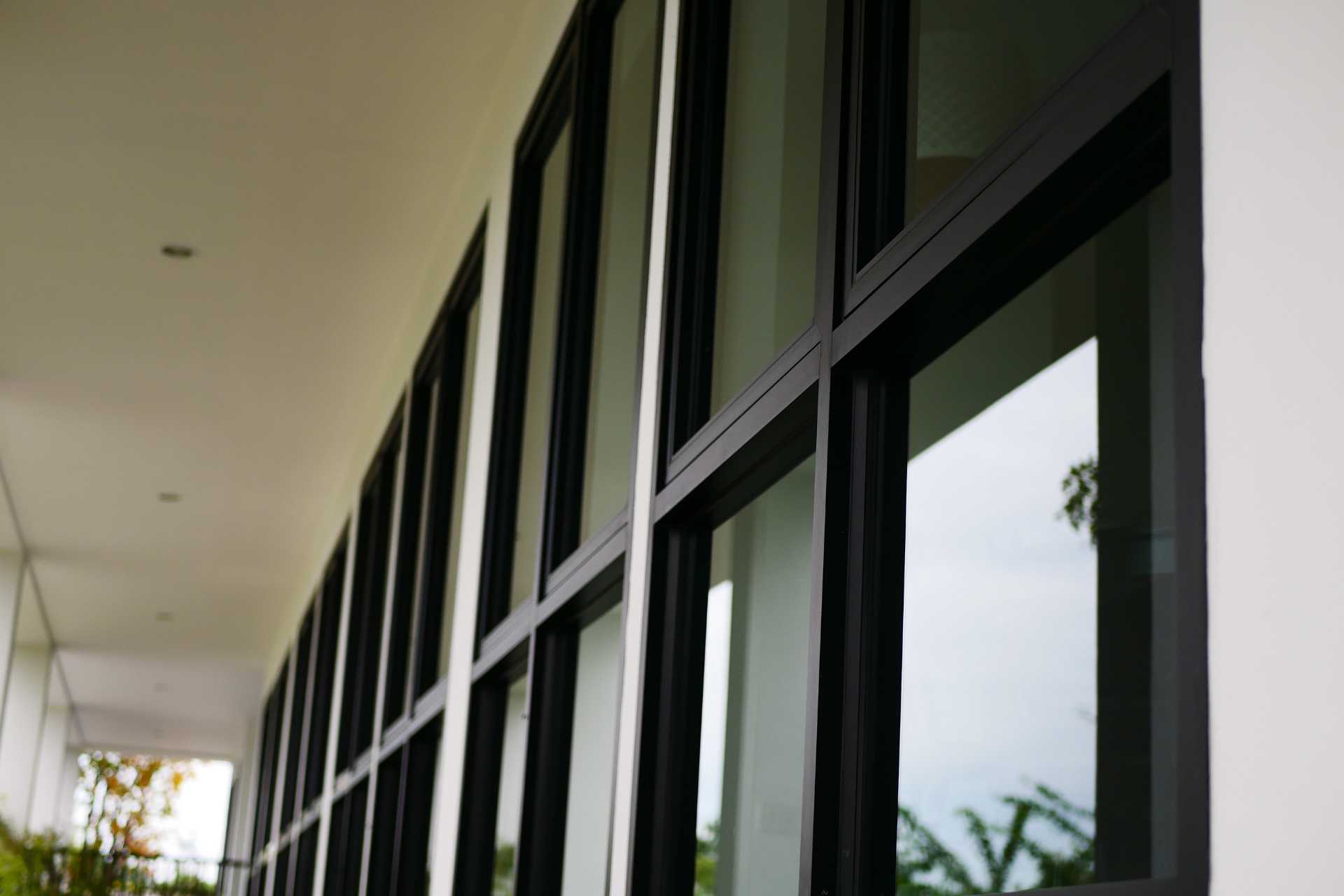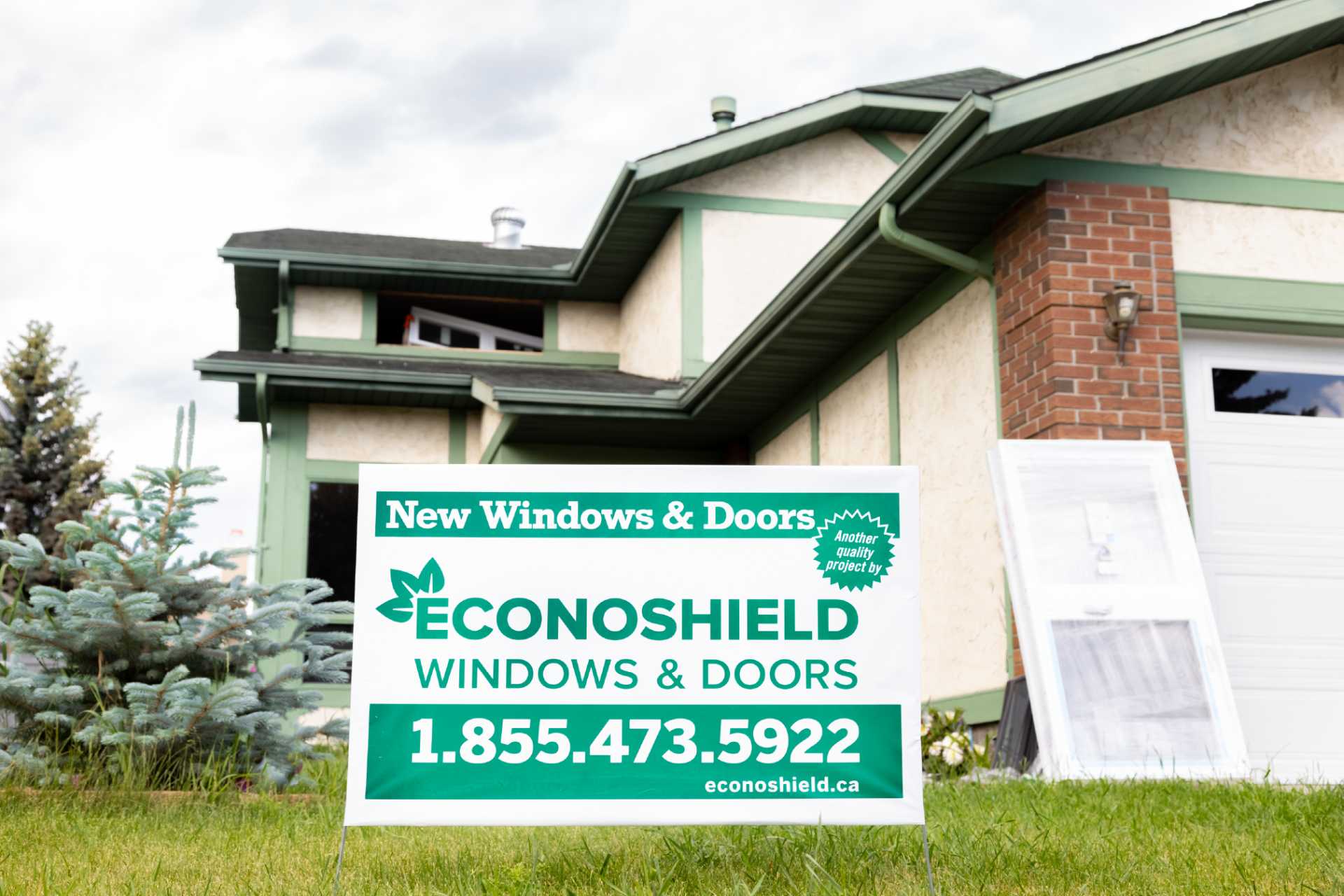Understanding the Science Behind Low-E Glass
If you’re exploring options for window replacement or simply curious about advancements in building materials, you’re in the right place! Today, we’re spotlighting Low-E glass, a technological gem that’s redefining the role of windows from mere aesthetic features to key elements in how to improve energy efficiency and environmental sustainability. This guide will help you grasp the ins and outs of Low-E glass and its impact on both your living space and the broader environment.
What is Low-E Glass?
Low-E stands for low emissivity, which refers to a surface’s ability to radiate energy. Designers create Low-E glass to minimize the amount of infrared and ultraviolet light that passes through, while still transmitting ample natural light. They achieve this with a microscopically thin coating that is more transparent to visible light and reflective to longer wavelength heat energy.
The Science Behind Low-E Glass
At the heart of Low-E glass is the principle of emissivity, which involves the reduction of heat transfer through the glass. How does this work? Well, everything around us absorbs, uses, and radiates heat. Lower emissivity means less heat is radiated. This is accomplished by applying a thin metallic or metallic oxide layer onto the glass. This coating reflects heat back to its source, helping to keep your space cooler in the summer by reflecting outside heat, and warmer in the winter by reflecting indoor heat back inside.
There are primarily two types of Low-E coatings:
- Passive Low-E coatings enhance heat gain in your building and help retain the heat during colder months.
- Solar control Low-E coatings are designed to reduce heat gain from the sun, making them ideal for warmer climates where air conditioning costs are a concern.
Benefits of Low-E Glass
There are numerous advantages of Low-E glass, a cutting-edge solution designed to enhance energy efficiency.
Energy Efficiency: One of the most significant benefits of Low-E glass is its potential to dramatically lower energy bills. By controlling heat transfer through windows, Low-E glass helps maintain consistent indoor temperatures, reducing the strain on heating and cooling systems.
Environmental Impact: By optimizing energy use, Low-E glass also plays a role in environmental conservation. Less reliance on heating and cooling means a lower carbon footprint—a win for both your wallet and the planet.
Comfort and Protection: Low-E glass improves comfort levels inside your home by eliminating cold drafts in winter and reducing excess heat in summer. Moreover, it protects your interior furnishings by blocking most of the damaging UV rays that can fade fabrics, paintings, and furniture.
Applications of Low-E Glass
Low-E glass has a wide array of applications, making it an excellent choice for both residential and commercial properties. It enhances not just aesthetics but also functional performance. In residential settings, Low-E glass is ideally suited for windows, doors, and skylights. Here, it plays a crucial role in energy conservation. By minimizing heat loss in winter and reducing heat gain in summer, Low-E glass helps maintain comfortable indoor temperatures year-round. This capability means homeowners can enjoy natural light without the associated energy penalty often seen with traditional glass. Moreover, the use of Low-E glass in residential settings contributes to lower heating and cooling costs. This can significantly reduce household energy expenditures over time.
For commercial properties, Low-E glass is particularly valuable for exterior facades. It supports the architectural vision of modern, glass-fronted buildings while tackling the practical challenges of energy management. By reflecting thermal radiation, Low-E glass reduces the workload on heating, ventilation, and air conditioning systems (HVAC). This promotes a more sustainable approach to building design. This is especially pertinent in office buildings and retail spaces, where large glass panels are common and can lead to high thermal gain. Low-E glass not only helps in achieving compliance with stringent building codes and environmental standards but also enhances the comfort of occupants, which can lead to increased productivity and well-being.
Challenges and Considerations
While Low-E glass offers numerous benefits, there are considerations to keep in mind:
- Cost: Initially, Low-E glass can be more expensive than regular glass, but the long-term energy savings often offset the higher upfront cost.
- Installation: Proper installation is crucial to maximize the benefits of Low-E glass. Compatibility with existing frames and ensuring sealed units are correctly installed can influence performance.
- Durability: Modern Low-E glasses are highly durable, but like all glass, they can be susceptible to scratching and require proper handling during installation.
Future Trends and Innovations
The future of Low-E glass is promising, driven by continual improvements in coating technologies and the integration with smart systems. These advancements enable windows to automatically adjust to changing weather conditions, enhancing both efficiency and comfort. These innovations promise even greater energy savings and environmental benefits.
The Future is Clear with Low-E Glass
Low-E glass marks a major advancement in building technology, combining energy efficiency, environmental sustainability, and enhanced comfort. This innovative glass solution sets a new standard for modern construction and renovation projects. It’s an investment in your property’s future and the planet’s well-being.







